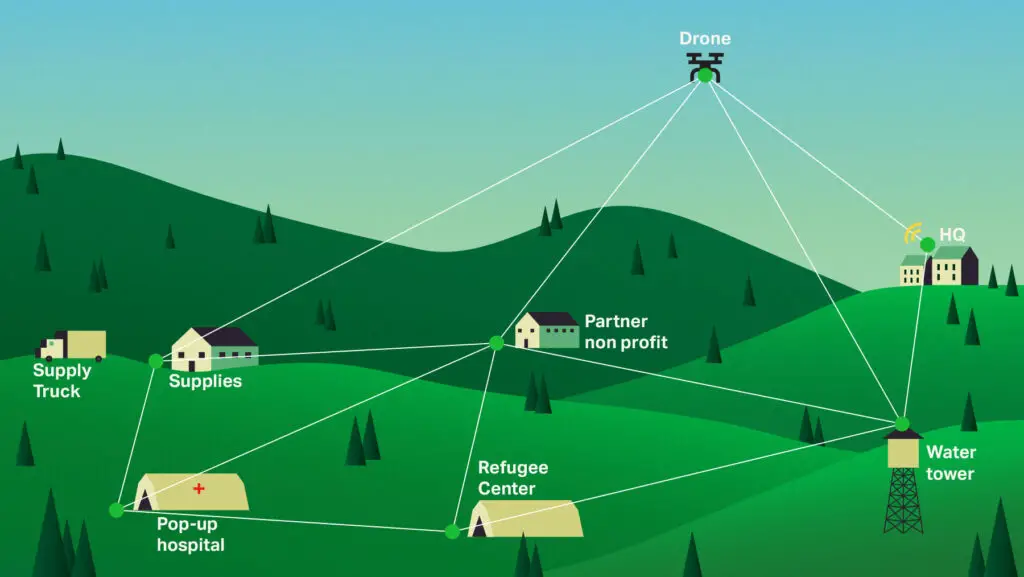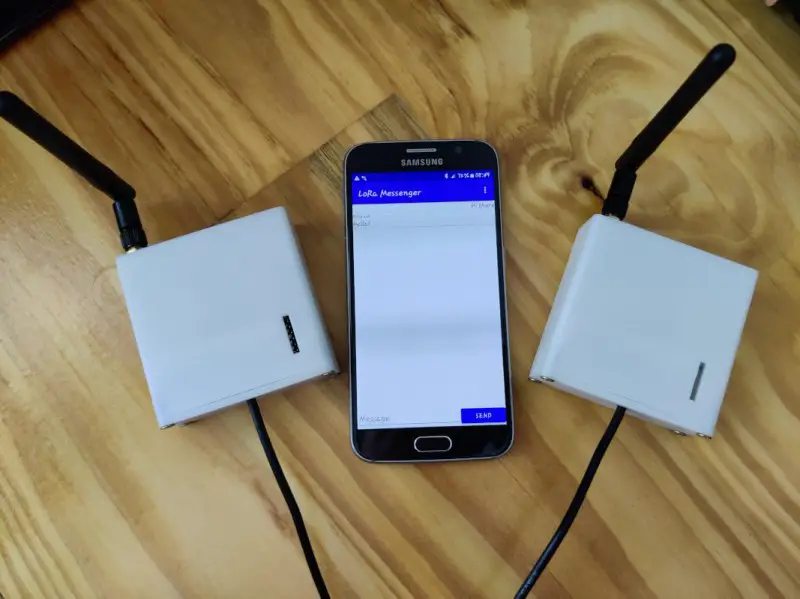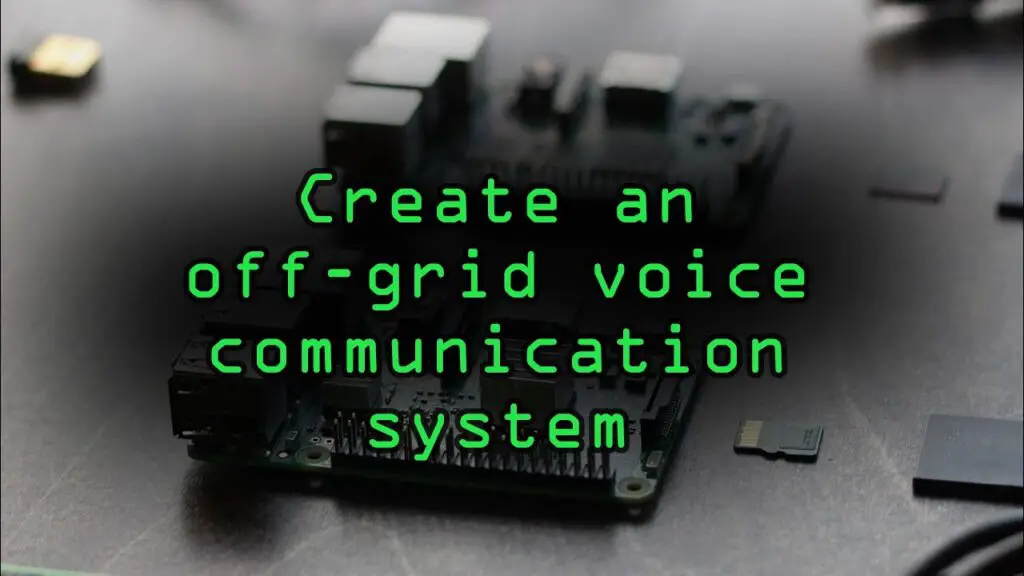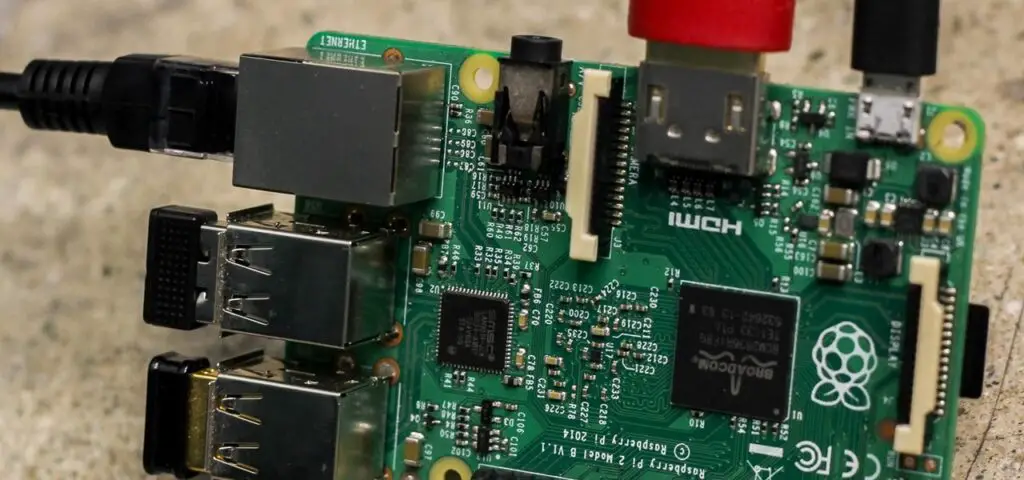Have you ever considered creating your own off-grid communication network? In today’s interconnected world, having a reliable means of communication is crucial. Whether you’re preparing for emergencies, venturing off the grid, or simply want to maintain your privacy, building your own communication network can be a valuable skill. In this article, I’ll guide you through the process of setting up an off-grid communication network, step by step.

Understanding Off-Grid Communication Networks
Before diving into the nitty-gritty details of building your off-grid communication network, it’s essential to understand what it actually is. An off-grid communication network is a system that allows you to communicate without relying on traditional centralized infrastructure such as cellular towers or the internet. Instead, it utilizes alternative methods such as radio frequencies, satellite communications, or even offline messaging systems.
Why Should You Build an Off-Grid Communication Network?
Building an off-grid communication network provides you with several advantages. Firstly, it offers a high level of privacy and security as you’re not dependent on third-party service providers. Secondly, it ensures communication continuity during emergencies or disasters when traditional networks may be compromised. Lastly, it gives you the freedom to communicate in remote areas where traditional networks may not reach.

Choosing the Right Communication Tools
The first step in building your off-grid communication network is selecting the appropriate tools and devices. There are various options available, each suited for different purposes and scenarios. Let’s explore some common tools you might consider incorporating into your network.
Two-Way Radios
Two-way radios, also known as walkie-talkies, are a popular choice for off-grid communication. They operate on radio frequencies and don’t require cellular or internet connections. Two-way radios are ideal for short to medium-range communication, making them perfect for group activities, hiking trips, or emergency situations.
Satellite Phones
Satellite phones provide communication coverage in remote areas where traditional networks are unavailable. They rely on satellites to transmit signals, allowing you to make calls, send messages, and access data from almost anywhere on the planet. While satellite phones are more expensive than two-way radios, they offer global coverage and reliable connectivity.
CB Radios
Citizen’s Band (CB) radios are another option for off-grid communication. They operate on specific radio frequencies allocated for public use and are commonly used by truck drivers, off-road enthusiasts, and emergency services. CB radios have a longer range compared to two-way radios, making them suitable for long-distance communication.
Ham Radios
Ham radios, also known as amateur radios, are popular among radio enthusiasts and emergency preppers. They offer long-range communication capabilities and can transmit voice, data, and even images. Ham radios require a license to operate, but they provide excellent flexibility and reliability for off-grid communication.

Building a Communication Plan
Once you’ve selected the appropriate tools for your off-grid communication network, it’s essential to create a communication plan. A communication plan outlines how you will communicate with others in different scenarios, ensuring that everyone is on the same page. Here are some key components to consider when building your communication plan.
Determine Communication Protocols
Establish clear communication protocols to ensure efficient and effective communication within your network. Define when and how to use each communication tool, designate communication channels, and set up emergency procedures. Having well-defined protocols helps streamline communication and minimizes confusion during critical situations.
Designate Communication Roles
Assign specific roles and responsibilities to members of your communication network. Designate primary and backup communicators, establish a chain of command, and define who will be responsible for monitoring and relaying messages. Having designated roles ensures that communication tasks are distributed efficiently and everyone knows their responsibilities.
Establish Frequency of Communication
Decide how often you will communicate with your network members. Set a schedule for regular check-ins, updates, and emergency drills to maintain connectivity and ensure that communication channels are functioning correctly. Establishing a frequency of communication helps keep everyone informed and prepared for any situation.

Setting Up Your Off-Grid Communication Network
With your communication tools in hand and a solid communication plan in place, it’s time to set up your off-grid communication network. Depending on the tools you’ve chosen and the scope of your network, the setup process may vary. Here are some general steps to guide you through the setup phase.
Test Your Equipment
Before deploying your communication network, it’s crucial to test your equipment to ensure that everything is functioning correctly. Check the batteries, antennas, and settings of each device, and verify that you can communicate with other network members. Conduct range tests to determine the maximum distance over which your devices can communicate reliably.
Establish Communication Channels
Create dedicated communication channels for different purposes within your network. Assign specific frequencies, channels, or call signs to each channel to prevent interference and confusion. Label your devices accordingly and make sure everyone knows which channel to use for emergency communication, general updates, and casual conversations.
Practice Communication Drills
Conduct regular communication drills with your network members to practice using your communication tools effectively. Simulate various scenarios such as lost group members, medical emergencies, or equipment malfunctions, and ensure that everyone knows how to respond appropriately. Practicing communication drills helps identify any weaknesses in your network and improves overall readiness.
Maintain and Upgrade Your Network
Regularly maintain and upgrade your off-grid communication network to ensure optimal performance and reliability. Replace batteries, update software, and inspect antennas for damage regularly. Consider investing in additional equipment or upgrading to more advanced tools as your communication needs evolve. By maintaining and upgrading your network proactively, you can stay prepared for any situation.

Conclusion
Congratulations! You’ve now learned how to build your off-grid communication network from the ground up. By understanding the fundamentals of off-grid communication, choosing the right tools, creating a communication plan, and setting up your network effectively, you’re well on your way to establishing a reliable means of communication in any situation. Remember to practice regularly, stay informed about new technologies, and adapt your network to meet your evolving communication needs. Building an off-grid communication network may seem daunting at first, but with dedication and preparation, you can create a robust and reliable network that keeps you connected, no matter where you are.
